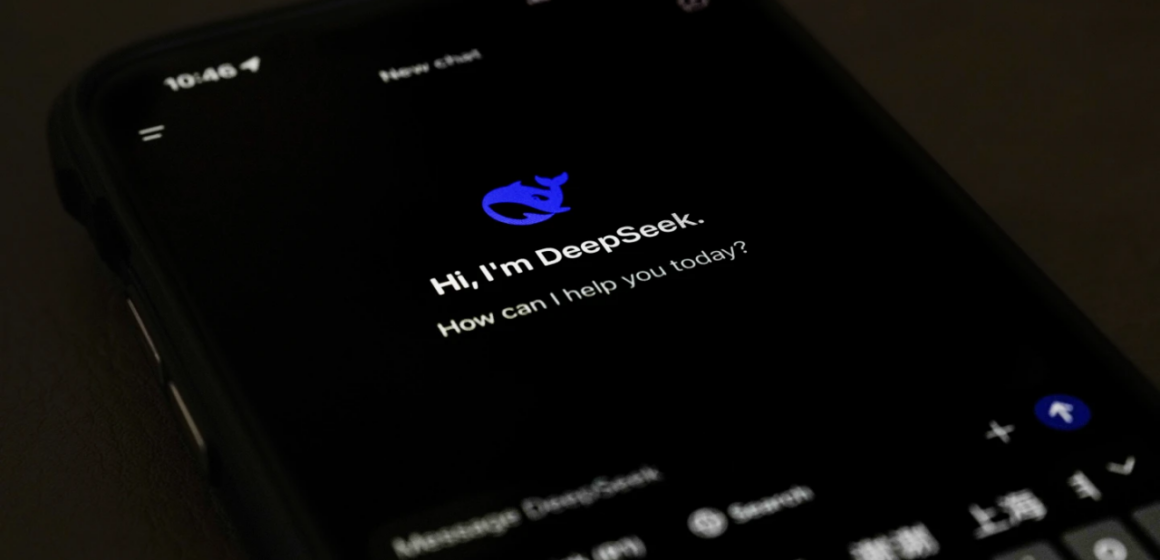OpenAI Faces Growing Pressure to Rethink Open-Source Strategy Amid DeepSeek’s Rise: Sam Altman Reflects on Future
As the artificial intelligence landscape evolves, OpenAI’s approach to open-sourcing its technologies has come under increased scrutiny. Known for groundbreaking models like GPT-3, GPT-4, and ChatGPT, OpenAI has historically maintained a closed approach to its flagship models. However, with the rise of competitors like DeepSeek, OpenAI is beginning to reconsider its strategy. In a recent Reddit AMA, CEO Sam Altman opened up about the company’s future plans, acknowledging the need for a new open-source strategy.
Sam Altman Admits OpenAI Has Missed the Mark on Open-Source AI
In a candid response during an AMA session, Sam Altman admitted that OpenAI has made mistakes in its open-source strategy. Specifically, he mentioned that the company has been “on the wrong side of history” regarding its approach to sharing AI models and tools with the public. Altman highlighted the importance of building an open-source community around AI technologies but recognized that OpenAI’s reluctance to release its most powerful models has hampered its ability to lead in this space.
Altman’s reflection on this issue is significant, as it marks a departure from the company’s previous stance of keeping its most advanced models proprietary. OpenAI’s cautious approach has been driven by concerns about safety, misuse, and ethical considerations. However, with the rise of open-source competitors, the company is now reevaluating its approach.
DeepSeek’s Ascendancy Challenges OpenAI’s Proprietary Approach
One of the main drivers behind OpenAI’s reassessment is the growing influence of DeepSeek, a competitor that has been making waves with its open-source AI initiatives. DeepSeek’s commitment to releasing its AI models and tools to the public has attracted significant attention from the AI community, developers, and researchers alike.
DeepSeek’s open-source strategy has made it a formidable player in the AI field, offering a level of transparency and accessibility that OpenAI has yet to match. As a result, OpenAI finds itself in a position where its traditional model of keeping powerful AI tools behind closed doors is being increasingly challenged. Altman’s comments suggest that OpenAI is aware of the growing threat posed by DeepSeek’s approach and is preparing to adapt accordingly.
The demand for open-source AI tools has skyrocketed as more developers and organizations seek accessible, customizable, and transparent solutions. In response to this shift, OpenAI is exploring ways to make its models more open while balancing concerns about misuse and ethical implications.
The Shift in OpenAI’s Open-Source Strategy: What’s Next for the AI Giant?
Altman’s comments signal that OpenAI is on the brink of a strategic shift. While the company has not yet detailed specific plans, Altman emphasized the need for a “different open-source strategy.” OpenAI’s future could involve releasing more AI models under open-source licenses or adopting a hybrid model that combines the benefits of open-source accessibility with the protection of proprietary systems.
For OpenAI, the transition towards open-source AI models is not without challenges. The company will need to find ways to address safety concerns, prevent misuse of its technologies, and ensure that its models align with ethical guidelines. OpenAI may also face difficulties in monetizing its AI tools if they become fully open-sourced. However, by embracing open-source, OpenAI could tap into a vast pool of talent and innovation from the global developer community.
OpenAI’s Competitive Edge: Open-Source vs. Proprietary Models in AI Development
The debate over open-source vs. proprietary models is a critical one for the future of AI development. OpenAI has long held a competitive edge due to its access to some of the most advanced AI models in the world. However, by keeping its best tools proprietary, OpenAI risks alienating the growing open-source community and losing ground to competitors like DeepSeek.
Open-source AI has the potential to foster rapid innovation, as it allows researchers and developers to collaborate on improving models, sharing ideas, and creating new applications. By opening up its technologies, OpenAI could accelerate scientific discovery and push the boundaries of AI development. On the other hand, maintaining proprietary models allows OpenAI to retain more control over its technology and ensure that it remains at the forefront of AI advancements.
Ultimately, OpenAI’s future success will depend on how it navigates this delicate balance between open-source transparency and proprietary control. The company will need to carefully consider the trade-offs and make decisions that align with its long-term vision for AI.


Leave a Reply